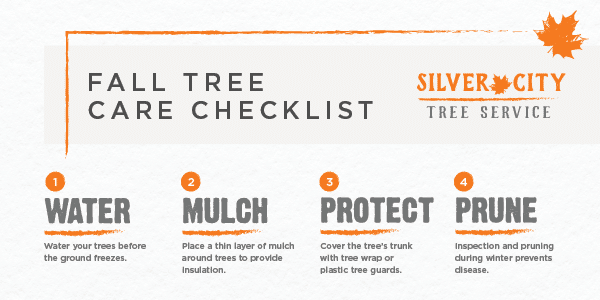Tree Care Throughout The Seasons: Finest Practices For Handling Trees Prior To And Adhering To Removal
Tree Care Throughout The Seasons: Finest Practices For Handling Trees Prior To And Adhering To Removal
Blog Article
strobert tree service By-
When it pertains to seasonal tree treatment, making sure proper administration before and after elimination can significantly affect the wellness and aesthetic appeals of your landscape. By comprehending the essential actions involved in analyzing tree wellness and getting ready for removal, you can proactively protect your residential or commercial property. Yet what about the important methods to adhere to once the tree is gone? Remain tuned to find the crucial post-removal care measures that will assist you grow a growing and sustainable setting for your trees.
Pre-Removal Tree Treatment
Prior to attending to the elimination of a tree, it's vital to prioritize pre-removal tree treatment. Begin by analyzing the tree's health and wellness and architectural stability. Look for indications of illness, pest infestations, or any type of architectural issues that may pose a safety danger during elimination. It's necessary to consult with a licensed arborist to establish the most effective strategy.
Pruning dead or unhealthy branches can prevent additional damage to the tree and guarantee a smoother elimination procedure.
Additionally, take into consideration the environmental effect of removing the tree. Trees play a vital function in our environment, so growing a brand-new tree in an ideal area can aid offset any kind of loss. Guarantee that you have the required licenses and permissions for tree elimination, specifically if the tree is safeguarded by regional policies.
Seasonal Maintenance Tips
Evaluating your tree's requirements throughout the year is important for its health and wellness and durability. To maintain your trees in top condition, follow these seasonal upkeep tips.
In springtime, concentrate on trimming to get rid of dead or damaged branches and urge brand-new growth.
Summer requires normal watering, specifically during droughts, to ensure your tree stays hydrated.
As loss techniques, keep an eye out for early indicators of condition or stress and anxiety, and think about using mulch to secure the origins throughout winter months.
In winter, beware when removing snow from branches to avoid damage, and continue to check your tree's overall wellness.
Bear in mind to change your treatment regular based on the specific needs of your tree species and regional environment. By staying alert and proactive throughout the seasons, you can help your trees thrive and grow for several years ahead.
Post-Removal Tree Treatment
To ensure the wellness of your landscape also after tree removal, proper post-removal care is vital. After a tree is removed, it's critical to fill the remaining opening with topsoil and compact it to stop settling. This will certainly aid keep the stability of the ground and prevent prospective hazards in the future.
Think about growing brand-new plants in place of the eliminated tree to recover the equilibrium and looks of your landscape. Consistently Get the facts to promote the development of brand-new plants and stop dirt disintegration.
Examine the surrounding trees for any kind of indicators of illness or stress and anxiety that might have been brought on by the removed tree. Watch out for pests that might've been drawn in to the previous tree and take safety nets to protect the continuing to be plants.
If needed, speak with a professional arborist to evaluate the impact of the elimination on the bordering trees and identify any additional treatment required. By adhering to these post-removal treatment steps, you can ensure the ongoing health and beauty of your landscape.
Conclusion
Finally, aggressive seasonal tree care is vital for keeping the health and equilibrium of your landscape. By evaluating tree wellness, trimming, and consulting with an arborist before removal, you can ensure a risk-free process. After removal, filling the hole, planting new plants, and normal watering will advertise brand-new growth and prevent erosion. Bear in mind to examine surrounding trees for disease and seek more treatment steps from an arborist to keep your landscape flourishing.
